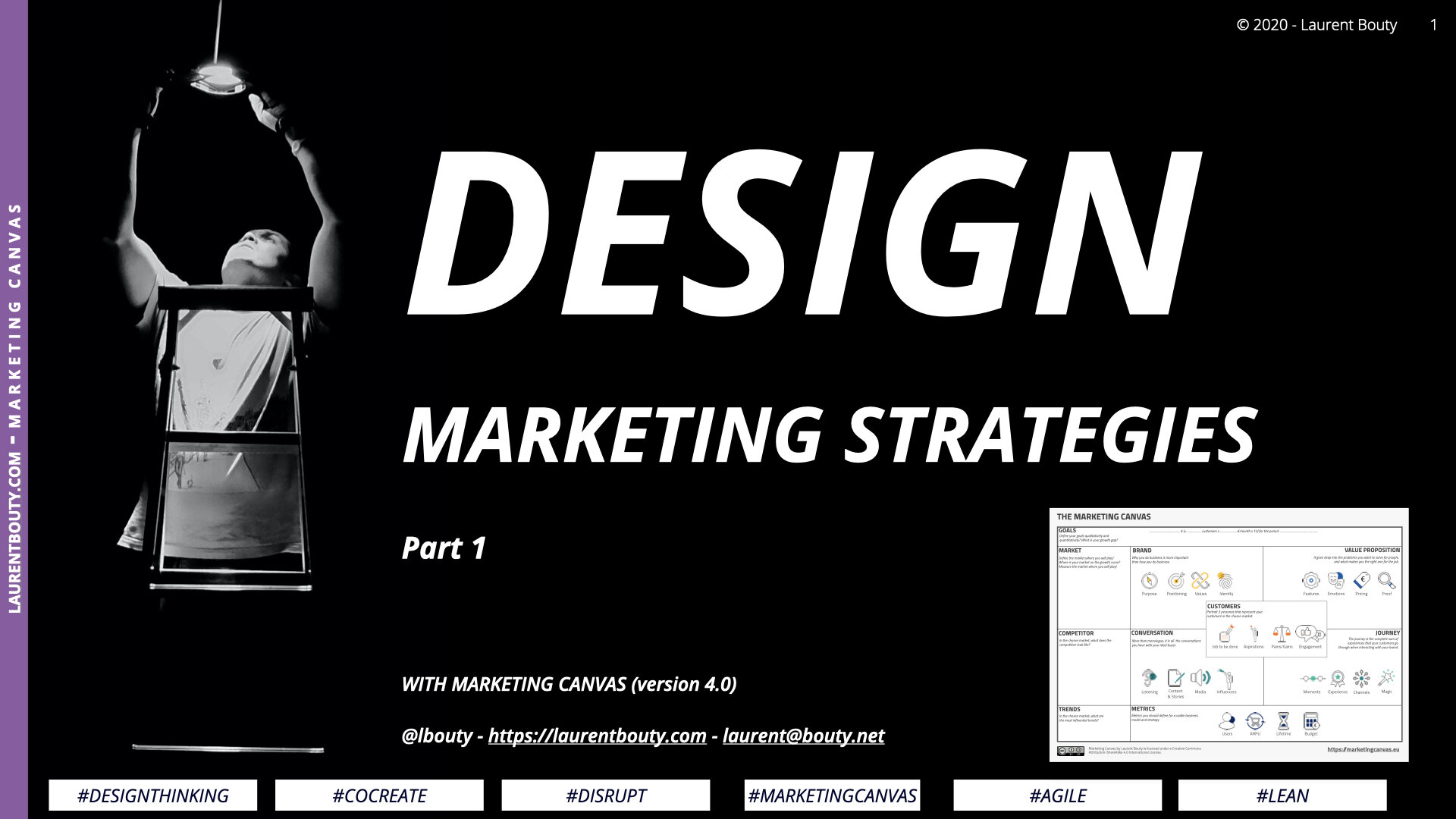Last update: 30/05/2023
In a nutshell
In the world of business, one's identity is significantly shaped by their core values. These values act as a compass, directing every decision, operation, and interaction. This article will delve into the sub-dimension of "Values" in the Marketing Canvas, an essential cornerstone of your brand. By shedding light on its significance, exploring how to effectively articulate these values, and illustrating these concepts with a green, clean use-case example, we hope to provide a comprehensive understanding that will benefit entrepreneurs, marketers, and business enthusiasts.
In the marketing canvas
The Marketing Canvas is a powerful tool for entrepreneurs and non-marketers to build a robust marketing strategy. It consists of six meta-dimensions, each with four sub-dimensions, for a total of 24 sub-dimensions defining your Marketing Strategy. One of these sub-dimensions is “Values”, which falls under the BRAND category.
The Foundation of the Brand: Core Values
"Values," as described in the Marketing Canvas, refer to a company's Core Values. These are deeply ingrained principles that guide all actions and shape a company's culture. The idea is analogous to the DNA in a human body. Just as DNA dictates our physical characteristics and predispositions, core values govern a company's behavior, culture, and decision-making process. They are the DNA of your brand.
In reality, core values should not be ornamental; they need to permeate every employee-related process, from hiring methods and performance management systems to criteria for promotions, rewards, and even dismissal policies. Think of it as creating a language unique to your organization, a language that everyone involved in the organization understands and communicates in.
Translating Beliefs into Values
Ideally, your Values should be a perfect reflection of your Purpose, or the fundamental beliefs that drive your organization. This consistency allows the values to amplify your brand's purpose, guiding its actions and decisions.
Consider, for example, a green, clean-focused company, which operates under the belief that sustainable practices are paramount to our future. Its core values may include sustainability, accountability, and innovation. These values are the bridge between its purpose - promoting environmental responsibility - and its day-to-day operations, whether it's in product development, supply chain management, or customer service.
The Essence of Effective Values: MUAMCT
Frabrikbrands proposes that effective core values should be Memorable, Unique, Actionable, Meaningful, Clear, Timeless (MUAMCT). This is not a mere acronym, but a mantra for brands to assess the strength and relevance of their values. Each attribute plays a crucial role:
Memorable: The values should resonate with your team and your target audience, making them easy to remember and internalize.
Unique: Your values should set you apart from the competition, demonstrating your unique perspective and approach.
Actionable: They should translate into concrete behaviors and processes within your organization.
Meaningful: The values need to be significant, appealing to the emotions and beliefs of your stakeholders.
Clear: Clarity avoids confusion. Your values should be understood by everyone.
Timeless: Despite market changes, your core values should remain constant, reflecting enduring principles.
Question
Evaluating your values is as essential as defining them. Ask yourself: Are your brand's values helping you achieve your goals? Are they a reflection of your purpose? Are they incorporated into every aspect of your business?
To assess the effectiveness of your values, consider your agreement with the following statements on a scale from -3 (completely disagree) to +3 (completely agree):
• Your brand values are well defined and clearly articulated.
• Your brand values are relevant to the context your brand operates in.
• Your brand values differentiate your brand from competitors.
• Your brand's behavior reflects its stated values.
If you find yourself disagreeing with these statements, it's time to revisit your core values. This might involve a re-examination of your purpose, a re-interpretation of your values, or even a complete overhaul of your organization's culture. Remember, the relationship between your purpose and values should work as an accelerator, not a brake.
In the case of our green, clean company, its commitment to sustainability should be evident not only in its mission statement but also in its operations. If the company's actions – say, using non-recyclable materials in its products – contradict its stated value of sustainability, the disconnect would be a cause for concern and immediate action.
In conclusion, understanding and effectively translating your values into action is a foundational step in brand building. As the DNA of your brand, core values can either steer your brand towards its vision or away from it. They are not just words on a mission statement, but the beliefs that guide your organization's actions. It is a challenging process but done right, the reward is a brand with a strong identity and a deep connection with its stakeholders.
Sources
Harvard Business Review, 2002, Make your values mean something
Frabrikbrands, https://fabrikbrands.com/how-to-define-brand-values/
More on the Marketing Canvas
Marketing Canvas by Laurent Bouty





































